"A land for all Arabs" turned Middle East anchor of stability
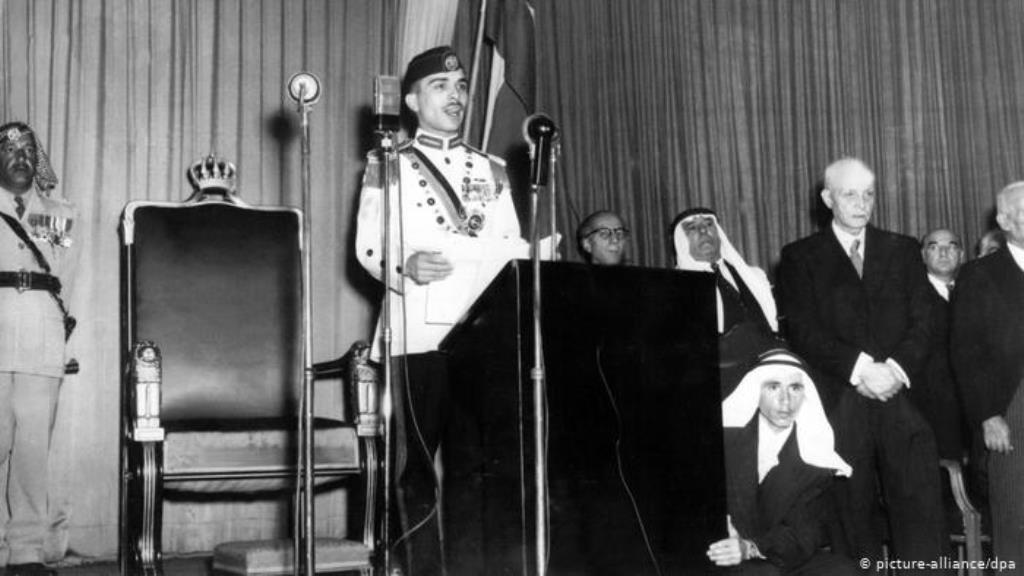
Jordan, like other countries of the Middle East, was built on the ruins of the Ottoman Empire. After fighting on the German side in the First World War and suffering defeat, the region was re-ordered. The United Kingdom played a key role in this, having tied itself up in contradictory promises to its brothers in arms: the French had been promised Syria as a sphere of influence in 1916, as part of the secret Sykes-Picot Agreement, while London was also holding out the prospect of self-determination and an independent state to the Arabs.
At the same time, the British recognised the leadership role played by the Hashemites on the Arabian Peninsula, who as a result started an uprising against the Ottomans (under the leadership of Prince Faisal and a colourful British liaison officer, who would become known as Lawrence of Arabia). Finally, the 1917 Balfour Declaration promised the Jewish people a homeland in Palestine.
From Mecca to Ma’an
In March 1921, while Secretary of State for the Colonies Winston Churchill was busy consulting with his Middle East experts and diplomats at a conference in Cairo on how the beleaguered British Empire could retain the greatest possible influence in the region, an Arab prince created a fait accompli in Transjordan. The sparsely populated area east of the River Jordan, governed by tribes that were still semi-nomadic, was included in the British mandate for Palestine. But the Brits initially showed little interest in Transjordan, which in 1919-20 belonged to the short-lived Arab Kingdom of Syria.
Once France had brought Syria under its control and driven Prince Faisal, who had proclaimed himself king in Damascus, out of the city, Faisal’s brother Abdullah set off from the Arab Peninsula with an army of a few hundred men and headed north, to defend the Arab cause and the Hashemites’ claim on power. In Ma’an, one of the small garrison towns along the Hejaz railway in the south of Transjordan, he formed alliances with the local tribes and the Arab nationalists who had fled from Syria and were waiting in Transjordan to take their revenge.
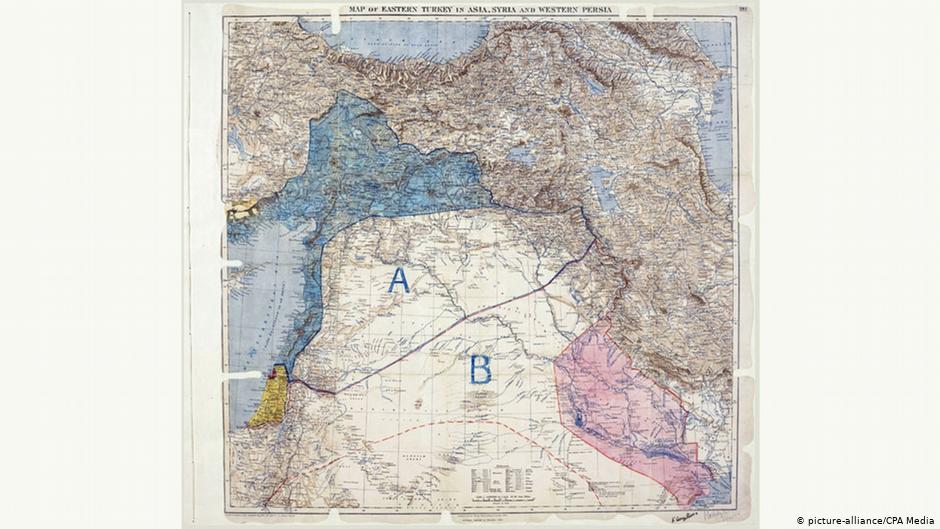
A handshake in Jerusalem
On his way back from Cairo, Churchill stopped off in Jerusalem, where he struck a deal with Abdullah: Abdullah would drop his ambitions for Syria, ensure peace on the border between Syria and Transjordan, and bring what the Brits regarded as the increasingly anarchic no-man’s-land east of the River Jordan under control. In return, he would – on a provisional basis at first, for the next six months – be named Emir of Transjordan and receive financial and military support from London.
A few days later, on 11 April 1921, Abdullah convened his first government. Tellingly, there was only one Transjordanian among its eight members (alongside trusted men from the Arabian Peninsula, Syria, Palestine and Lebanon). The pragmatic Abdullah would soon have to submit to political realities in the region, but he had not yet given up on his pan-Arabian aspirations.
When he set off from Ma’an to what would become his capital city, Amman, he gave a speech at the railway station, declaring that: “All Arab lands are the land of every Arab.” He formed a military police unit with help from the British – a unit that was later developed into the Jordanian army – and proudly named it the “Arab Legion”.
A hybrid state of born survivors
Transjordan’s development was shaped by the interplay of four factors, the effects of which can be felt to this day.
Firstly, the tribes, or rather the tribal leaders on the ground, set the tone; while they valued a modicum of stability and order, their primary concern was to maintain their own autonomy.
Secondly, Abdullah had a quasi-natural legitimation for his rule: the Hashemites could trace their lineage back to the Prophet Mohammed, and had governed the holy cities of Mecca and Medina for hundreds of years (until they were forced to yield them to the Al-Sauds in 1925), and led the Arab Revolt in the First World War.
Thirdly, nothing was possible in the post-war period without the British: alongside the French, they had military control of the Middle East, and their colonial desires had also been recognised internationally with the British Mandate.
And fourthly, there were the Arab nationalists, who saw Transjordan as part of an independent Arab entity that had to stand up to French and British imperialism, and Jewish Zionism. The Palestine question quickly emerged as a core issue in Jordanian politics – and with it, the country’s relationship with Israel. It was only in 1988 that Jordan finally gave up its claim on the West Bank, with which it has close cultural and historical ties.
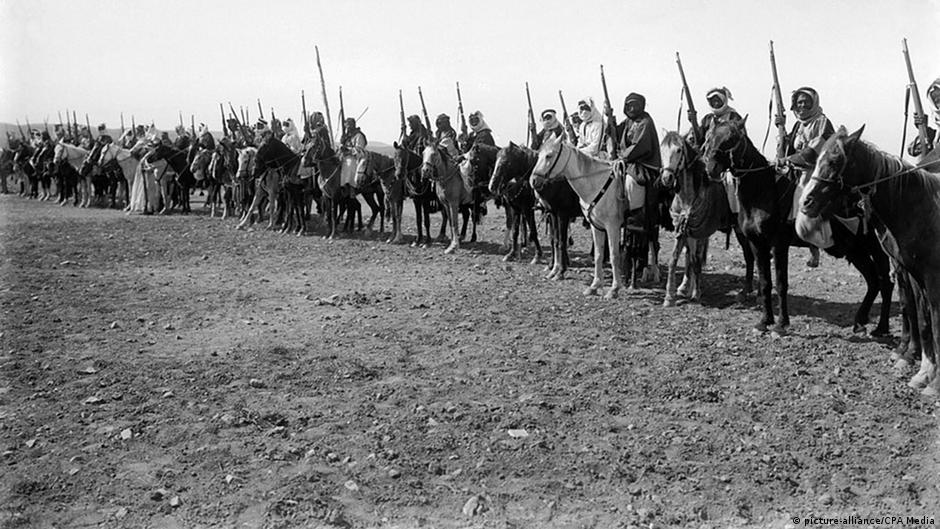
It was an idiosyncratic, hybrid state structure that arose from these historical constellations, including elements of traditional Bedouin, modern centralised and indirect colonial rule – and this may have made survival easier for a resource-poor land hemmed in by competing regional powers, amid the confusion of Middle Eastern politics.
The emirate became a kingdom in 1946, and was granted independence by the UK. In the 1950s, the military swept away the monarchies in Egypt and Iraq, and in Syria one coup followed another, but Abdullah’s grandson King Hussein, who ruled from 1952 until 1999, managed to maintain his power – with support from the USA, which became Jordan’s most important ally once the UK had withdrawn from the Middle East.
One hundred years – what next?
Today, the Middle East is in turmoil once again. The Arab Spring and the protests that have flared up repeatedly over the past decade have made it clear that the fossilized systems of government in the region do not offer sufficient prospects for their overwhelmingly young populations. The Hashemite Kingdom, however, has so far remained relatively unscathed by these upheavals.
Over its hundred-year history, the monarchy has succeeded in establishing itself as the widely recognised guarantor of unity for Jordan, and in balancing the interests of various groups. This is all the more significant in a country whose population is shaped by different identities, such as the old-established Transjordanians on the one side, and Palestinian refugees (particularly from the Middle East crises of 1948/49 and 1967) and their descendants on the other.
The Kingdom’s state set-up has also ensured the peaceful co-existence of the Muslim majority with the Christians, who today make up just over five per cent of the population, and other smaller ethnic minorities such as the Circassians. And Jordan has a long tradition of bringing critical voices into the fold; more than a few of its current ministers were active in the opposition as students.
Finally, the discourse around modernisation, which King Abdullah II (the state founder’s great-grandson) has advocated since he took office in 1999, has awakened hopes of democratic reforms – one step at a time, and without the violence and chaos that the Jordanians have seen in their neighbours, Iraq and Syria. Responsibility for the standstill, meanwhile, is placed first and foremost on the governments that the king regularly replaces.
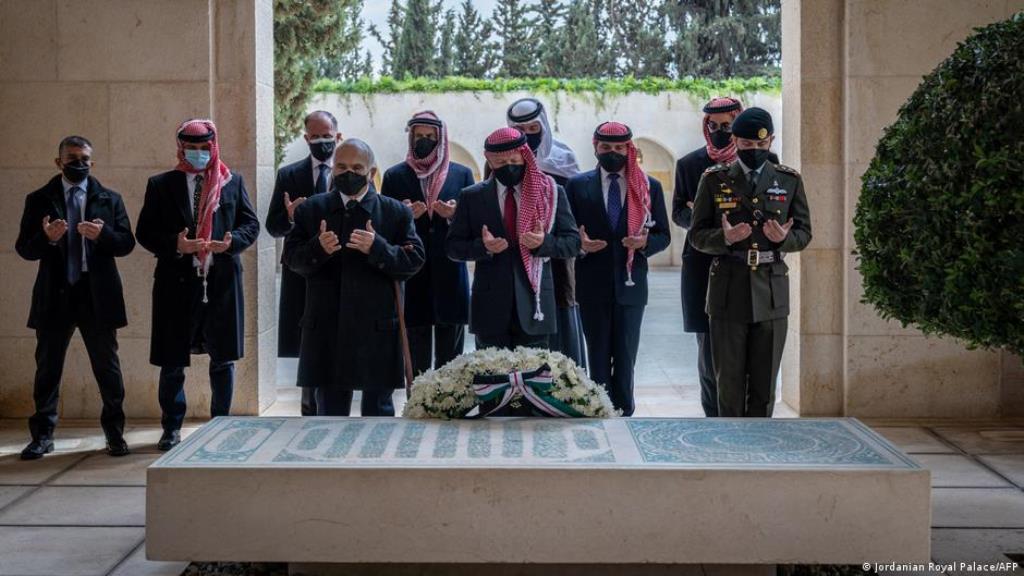
The need for economic and political reform
But Jordan, too, needs to move. True, the liberal economic reforms and privatisation that have been introduced since the 2000s have brought foreign investment into the country and revitalised the economy. But social inequality has increased as a result, and the employment market cannot keep pace with the country’s growing population.
According to official figures, one in four Jordanians is now unemployed. The coronavirus crisis has further intensified the economic crisis. Tourism, which was well developed and in 2019 accounted for almost a fifth of GDP, has collapsed. And it is the many casual workers and small business owners who are suffering under the partial lockdown that the government has imposed to combat the pandemic. The state apparatus, which employs a quarter of all Jordanian workers, is bloated. The country has become reliant on international aid money. The USA alone provides more than a billion US dollars of support to the country every year, and Jordan has now become one of the top recipients of German development aid as well. But how long will these funds continue to flow in the face of global disruptions caused by the pandemic?
There is also a need for political renewal. In the wake of the Arab Spring, the country did take small steps towards democratisation: new institutions such as the constitutional court and an independent electoral authority were set up.
But recently, options for involvement in politics and freedom of expression in the country have been reduced once more. In the past year, the Teachers Syndicate has been dissolved, after it called for higher pay with strikes and protests. The parliamentary elections in November 2020 were criticised as insufficiently fair even by institutions close to the state, such as the Centre for Human Rights. Some parties reported that in the run-up to the election, the security forces had put pressure on candidates not to stand. In an open letter in February 2021, the king himself told security forces to concentrate on their core specialities in future, and called for a reform of the election and party laws.
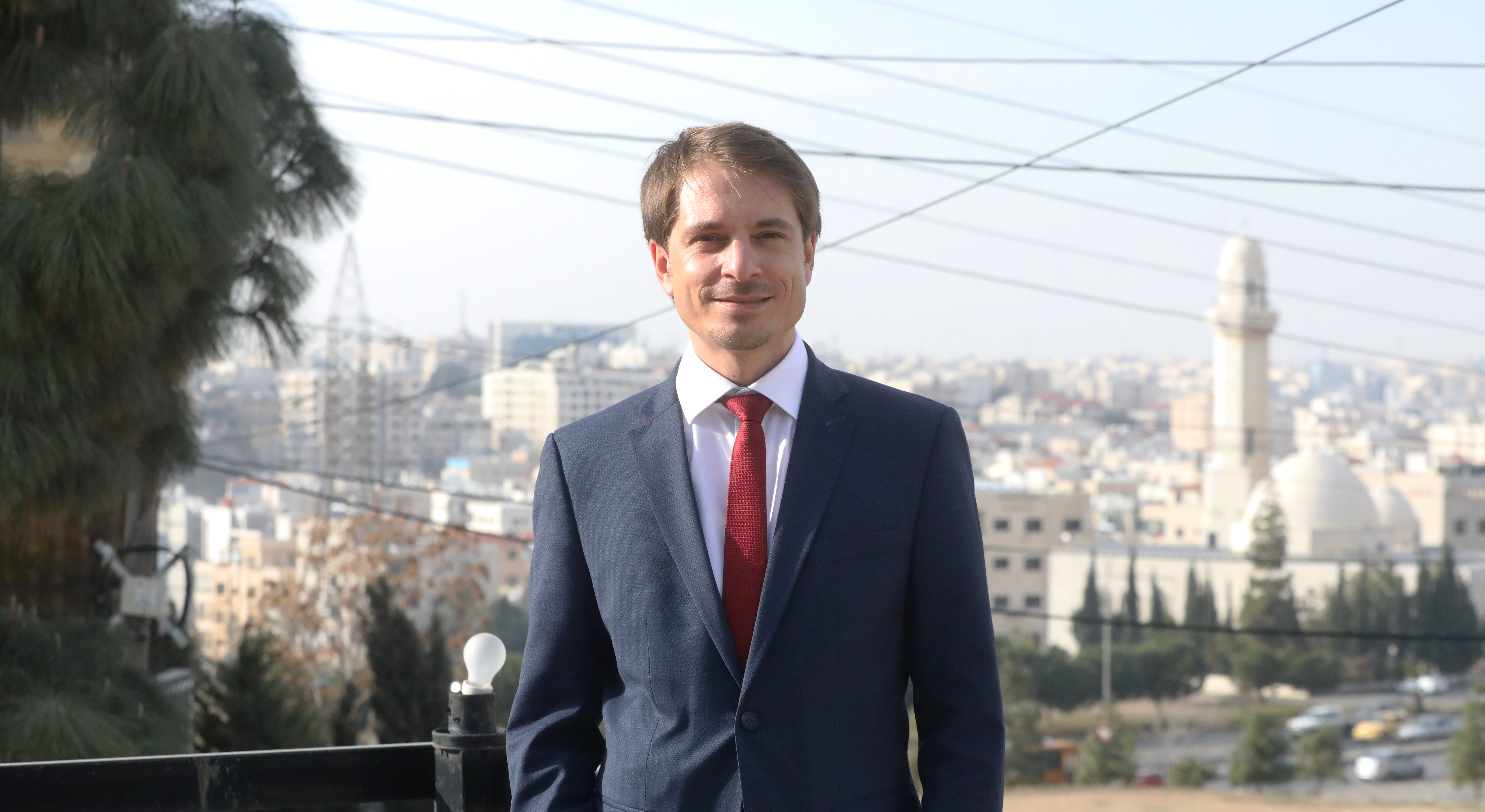
At the start of April, the palace and the government released information about a conspiracy to undermine the “security and stability of Jordan”, which had been nipped in the bud. More than a dozen people were arrested, and Prince Hamzah, a prominent member of the royal family, was placed under house arrest. The detailed background to the case remains unclear. But it highlights the nervousness of the ruling elite and the tension in the country, where complaints about lack of economic prospects, corruption and state mismanagement are growing ever louder.
Searching for development prospects
News of the thwarted palace revolt is casting a shadow over the centenary celebration, which was a concern of the palace above all and was intended to give the Jordanians courage to face the future. A specially created logo, featuring the slogan “the march continues”, will adorn street crossings and public buildings all year. 11 April 2021 was declared a national holiday, to commemorate Abdullah officially taking charge of the then-emirate of Transjordan.
But none of this really constitutes a vision for the second century. Pride in the country’s integration, which generations of Jordanians and the Hashemite dynasty achieved in the midst of a region plagued by crises, is justified. But it is no substitute for an honest and credible discussion about the country’s current challenges and its future development. Space now needs to be created for this, too.
Edmund Ratka
© Qantara.de 2021
Translated from the German by Ruth Martin
Dr. Edmund Ratka has been head of the Konrad-Adenauer-Stiftung (KAS)’s Jordan office in Amman since November 2020. Prior to that, he worked in the Middle East department at the KAS headquarters in Berlin, and in the organisation’s Tunis office. Before joining the KAS in 2014, the political scientist was a researcher and project coordinator at the University of Passau and at the Centre for Applied Policy Research at Munich’s Ludwig Maximilian University.
Further reading:
Kamal Salibi, The Modern History of Jordan, New York, I.B. Tauris, 1998
Yoav Alon, The Making of Jordan. Tribes, Colonialism and the Modern State, New York, I.B. Tauris, 2009